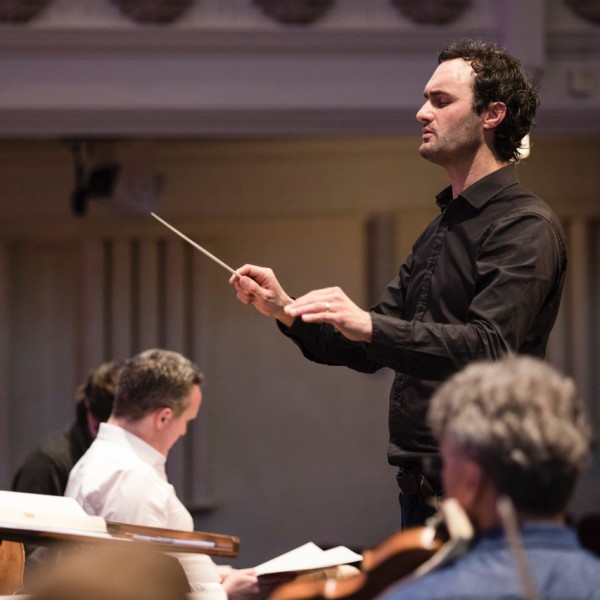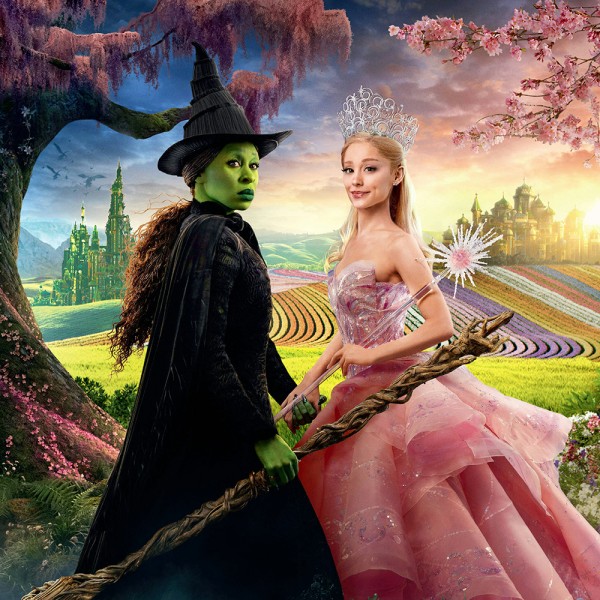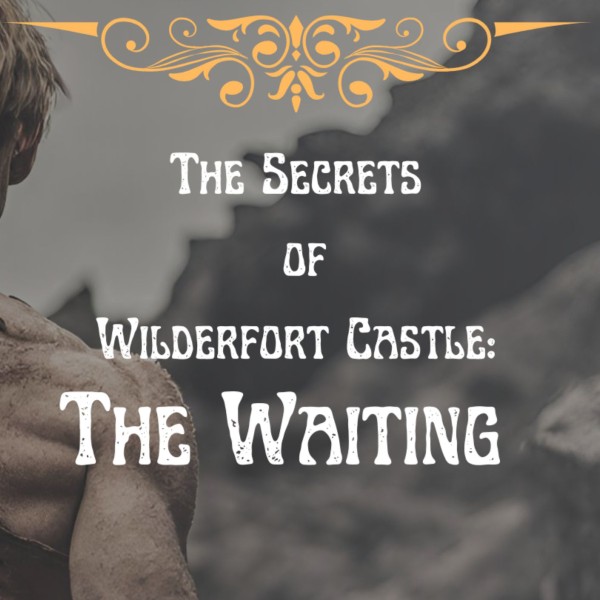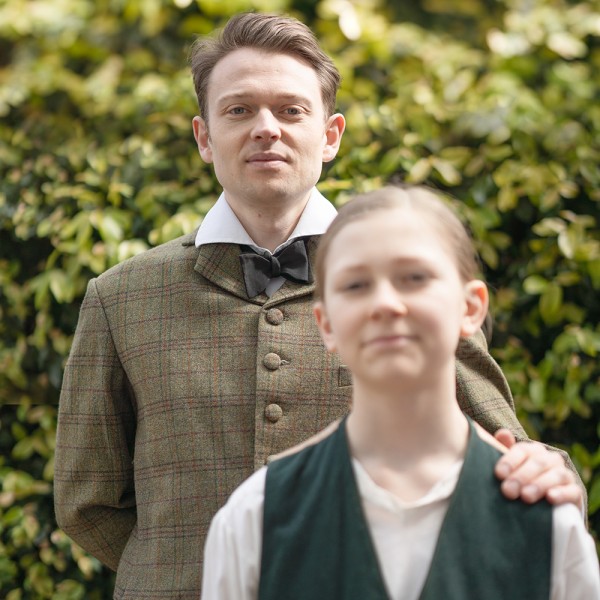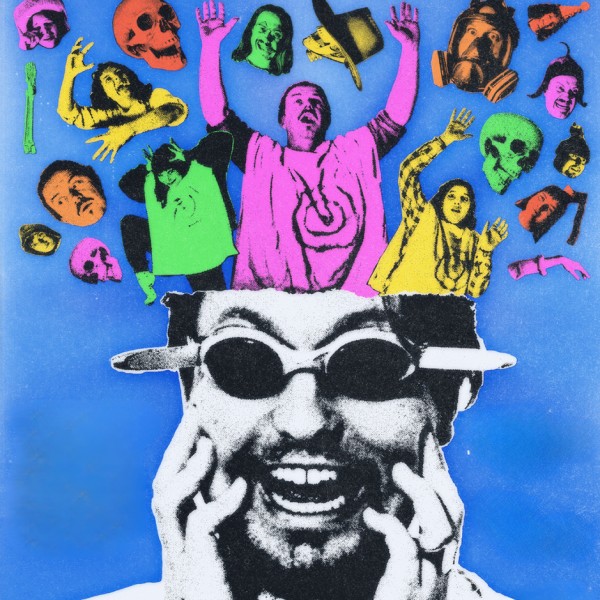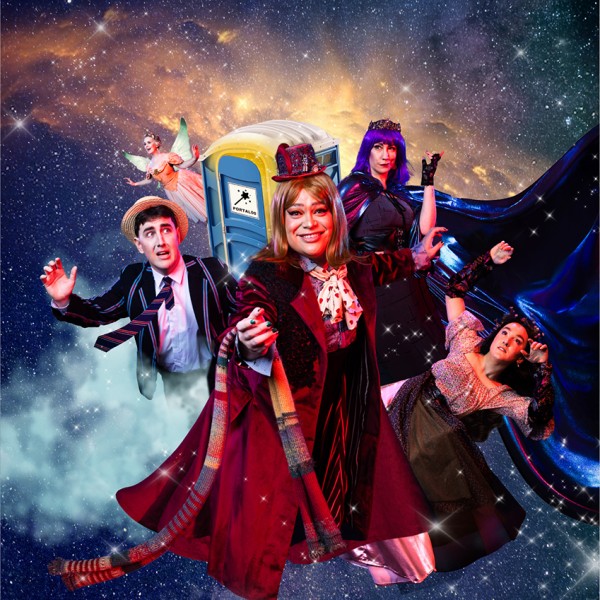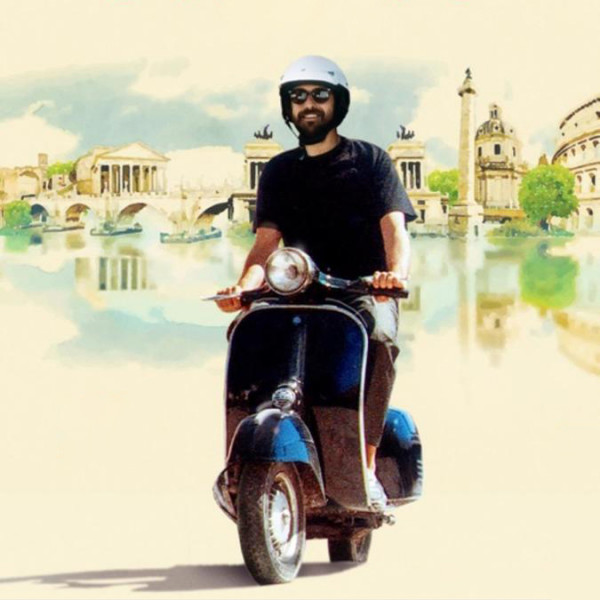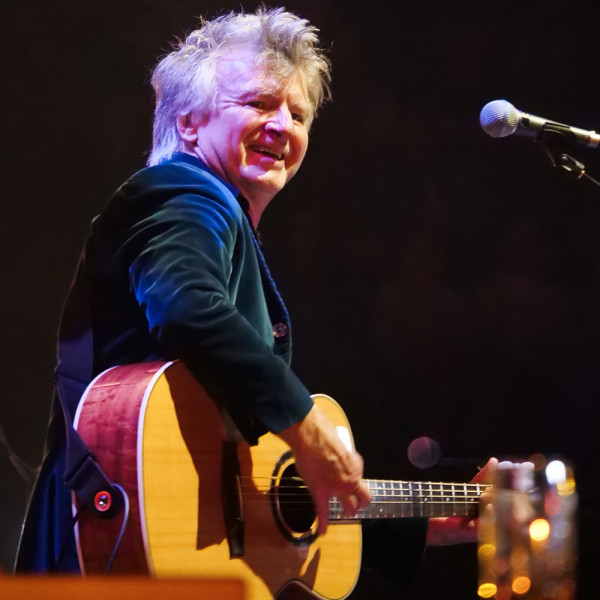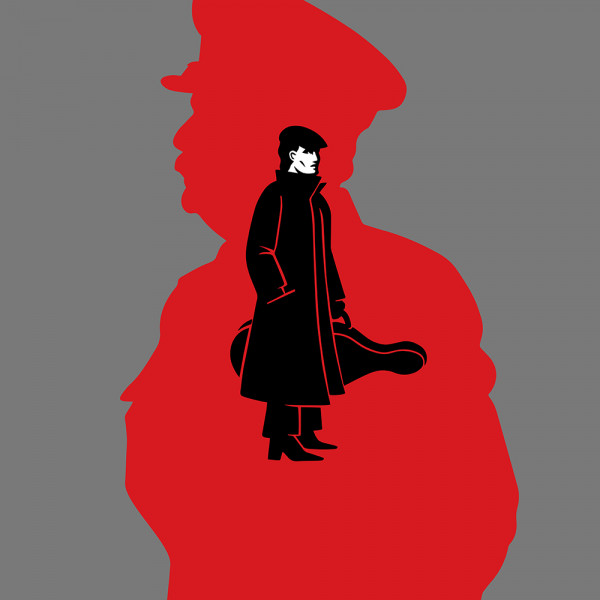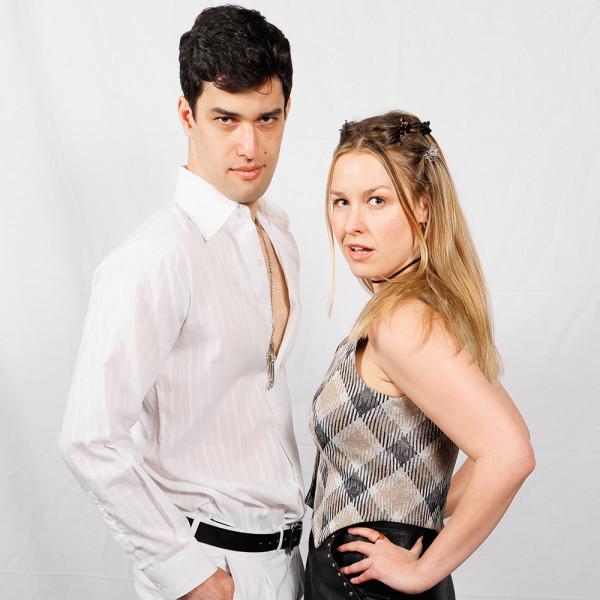
From helping a mother cow give birth, to saving someone’s dog, it’s all in a day’s work for Rory Dean. Since moving to New Zealand from Edinburgh in 2015, he has had one amazing adventure after another as – you guessed it – a country vet.
While veterinary medicine might not be the first thing that comes to mind when you think of adventure, Rory would beg to differ. After almost a decade as a country vet in his adoptive homeland, he has seen it all, including the less fortunate, uglier side of life. One example that comes to mind is a dog that had broken one of its legs and was obviously in a lot of pain. Its owner was having troubles of his own and while Rory does not explicitly spell it out for us, it soon becomes clear there was more going on there than met the eye.
For animal lovers and people thinking about becoming a vet, this might be the book for you. Not only is it a fun read, but it will also give you a preview of what you’ll be getting into if you’re a budding animal doctor. Adventures of a Country Vet tells it like it is, and never sugarcoats the facts. This is not like a TV show where everything is clean and shiny. Sometimes things get messy, and we see what life as a vet is really like. Some people may not like that or be that into animals and will give this book a miss, but that would be a mistake, as it provides a glimpse into a life that not many people get to see.
Rory’s writing is open, honest, and without pretence. Despite everything he has done since arriving in New Zealand, he is downto-earth and humble. If you find Adventures of a Country Vet at your local bookshop, I suggest you pick it up and give it a go.





